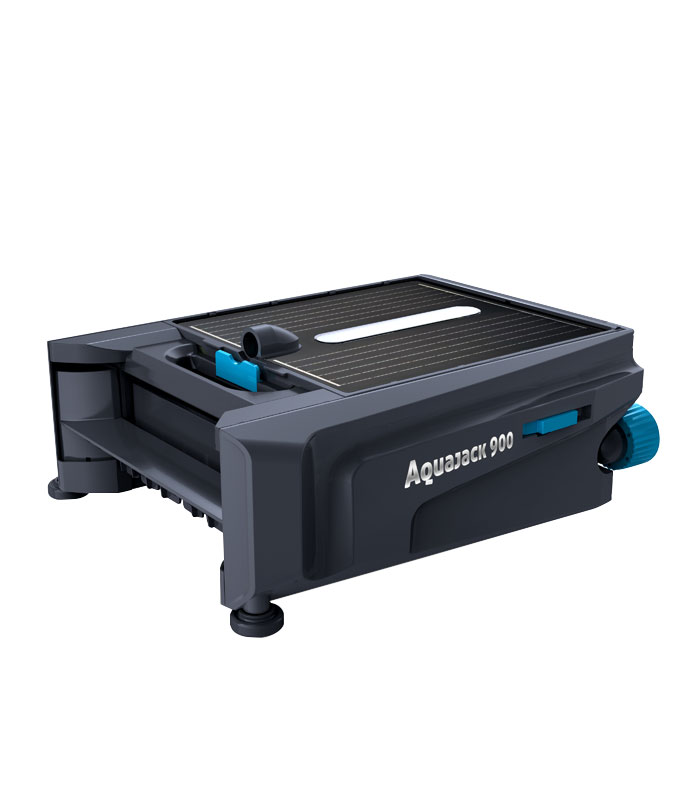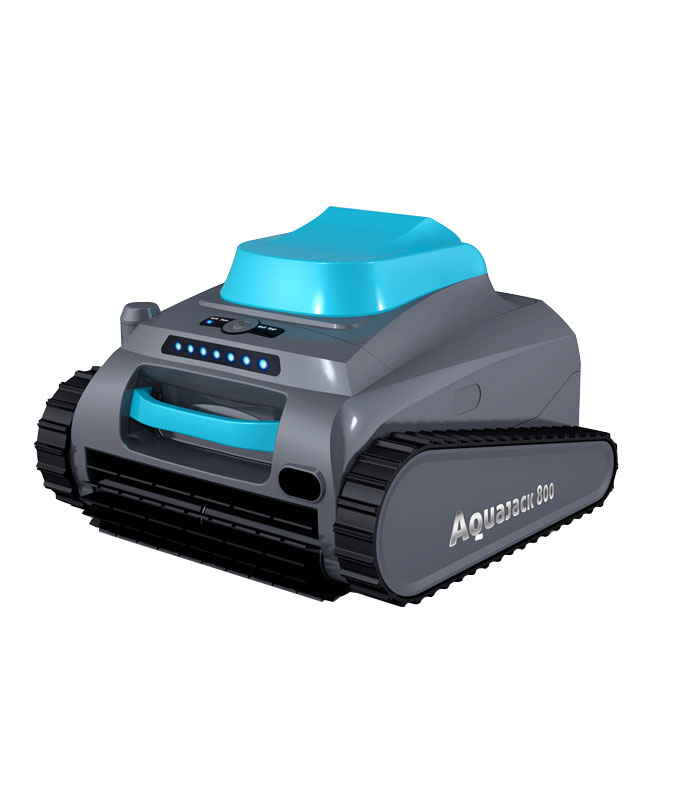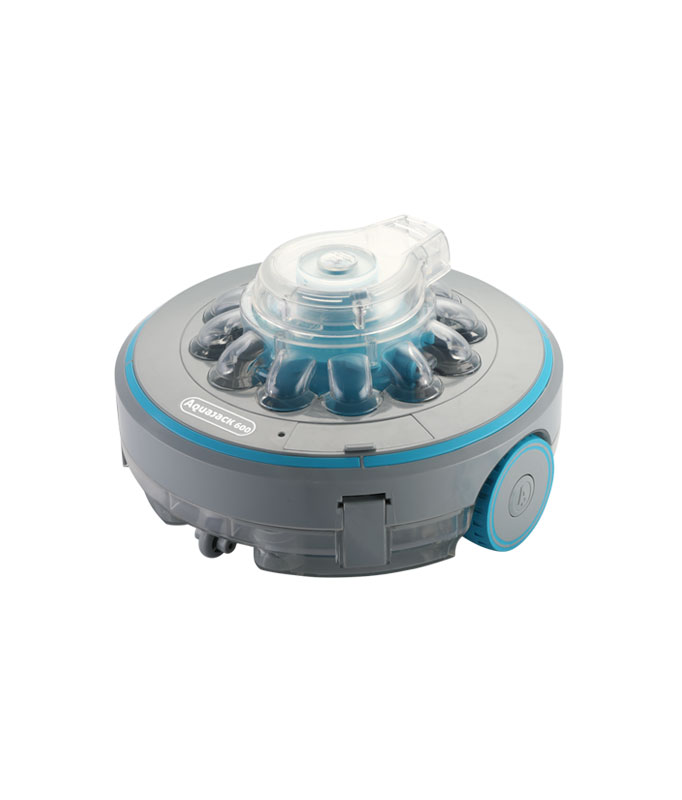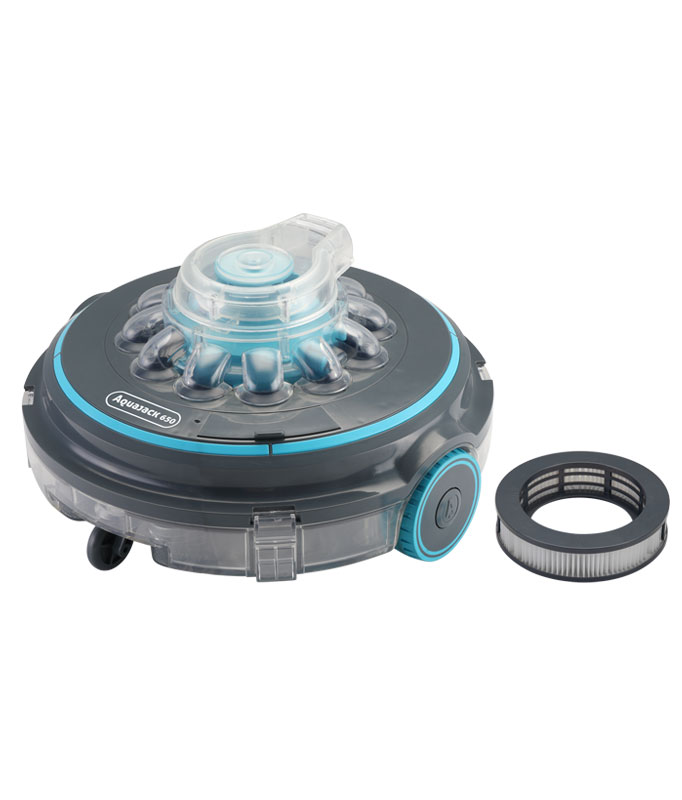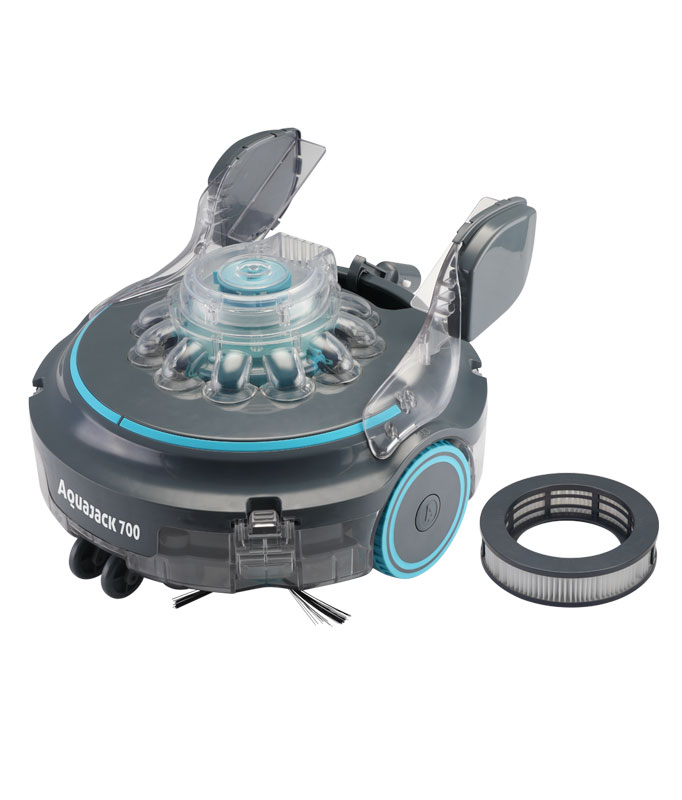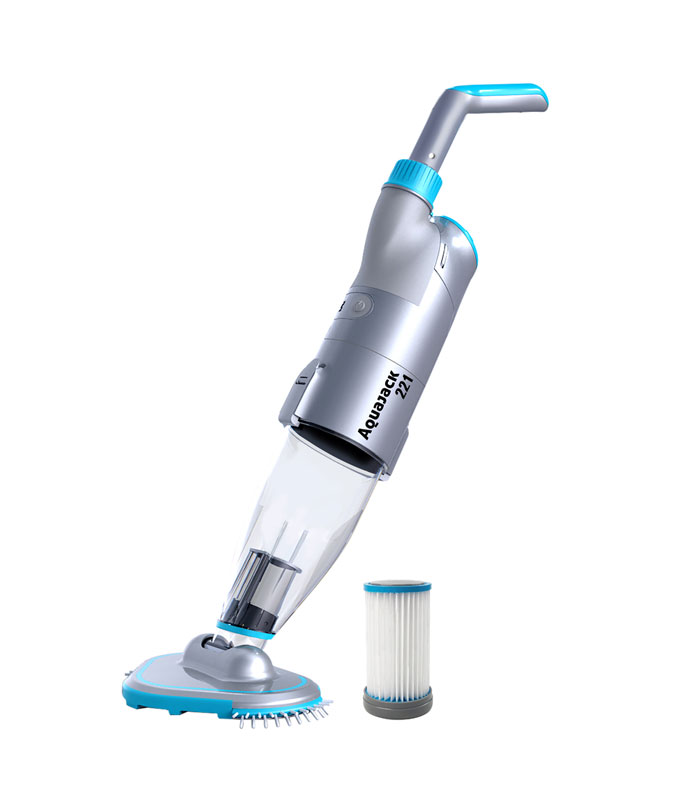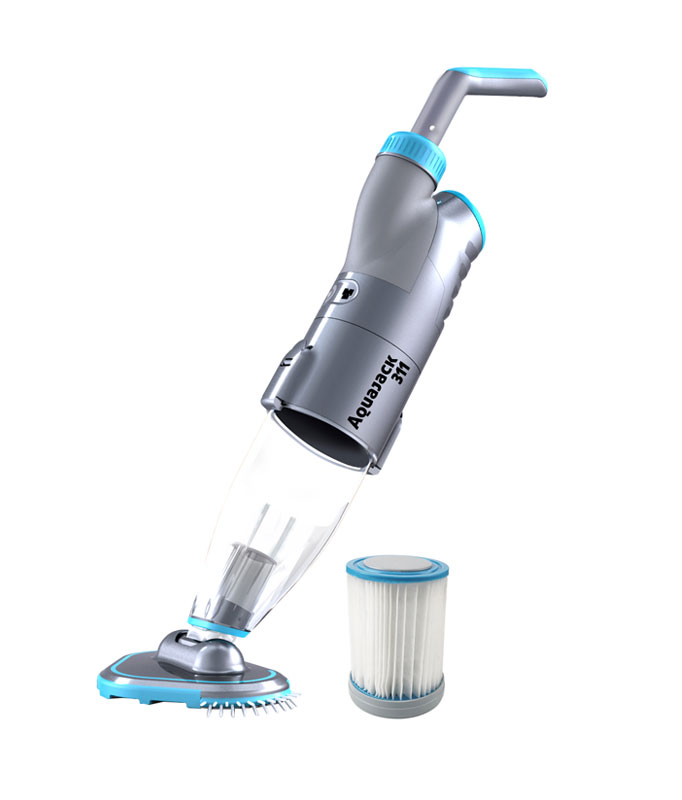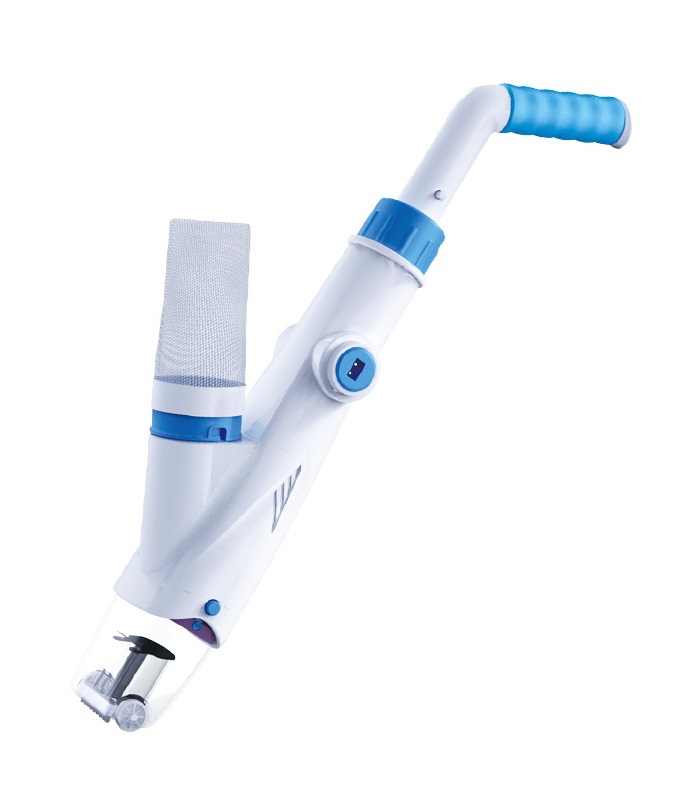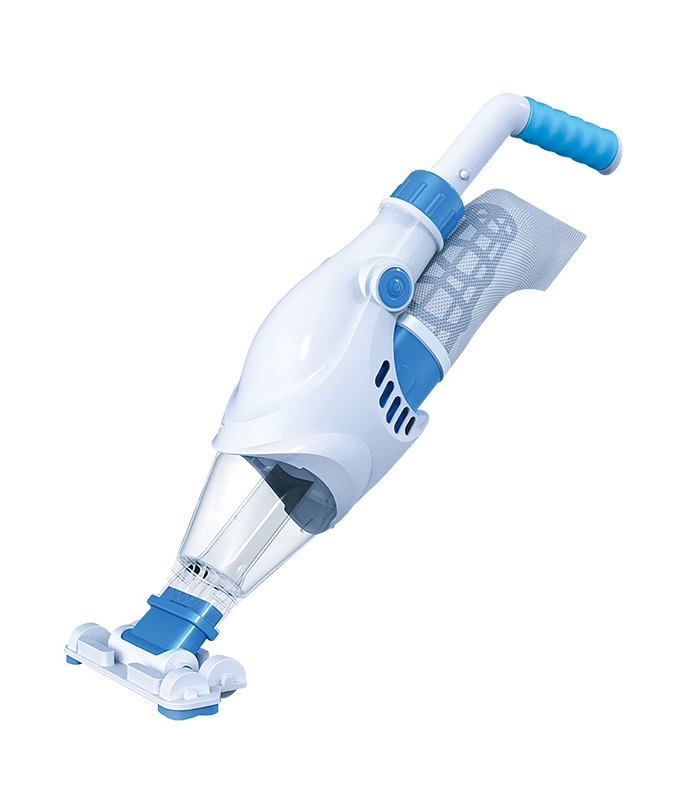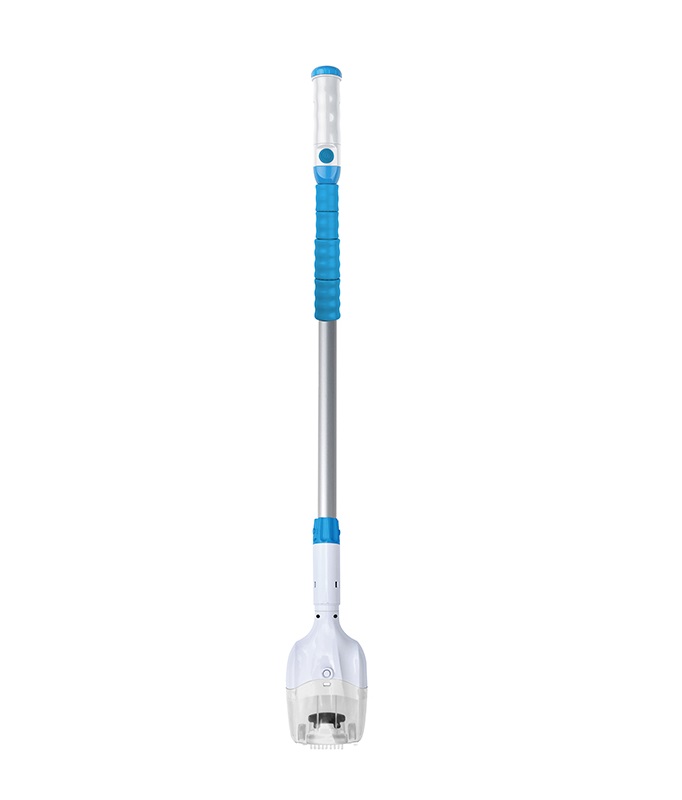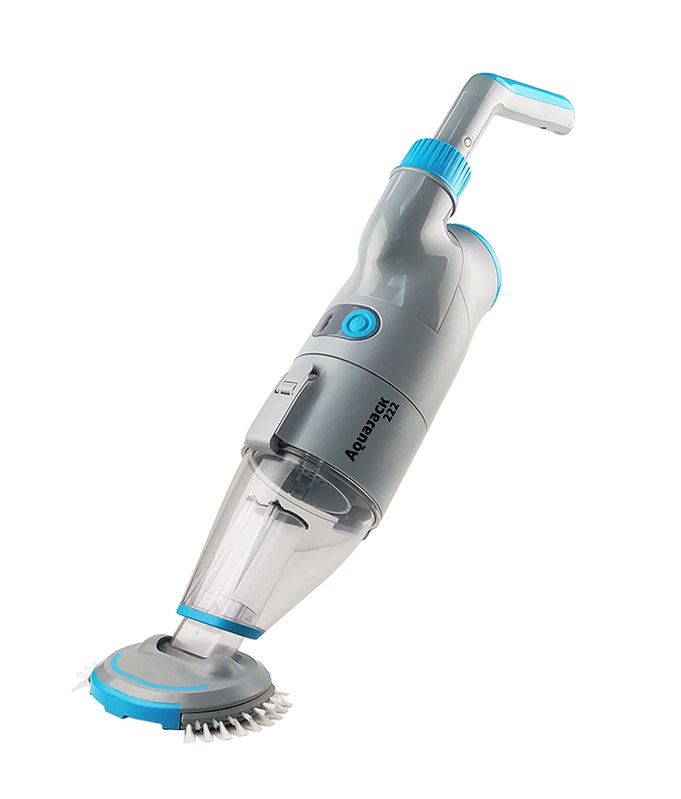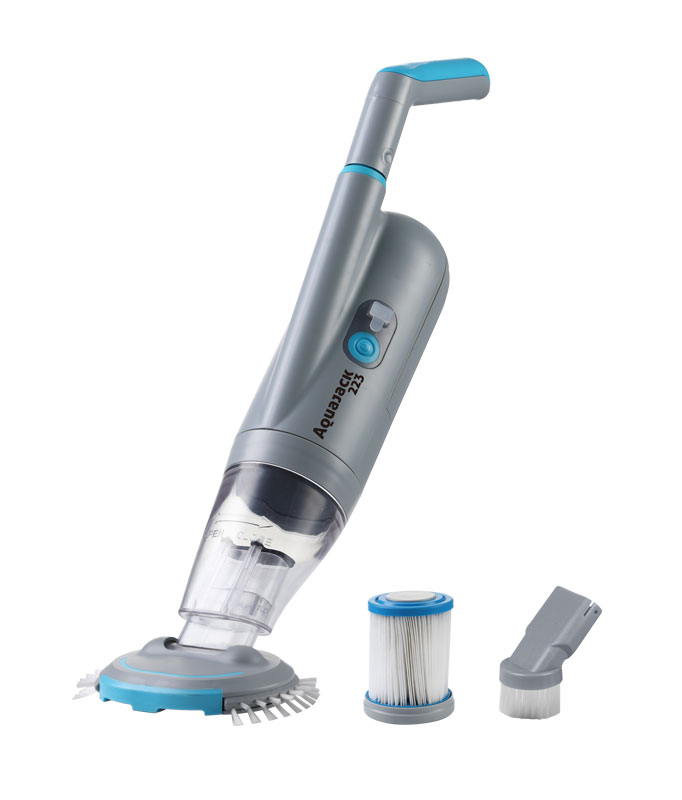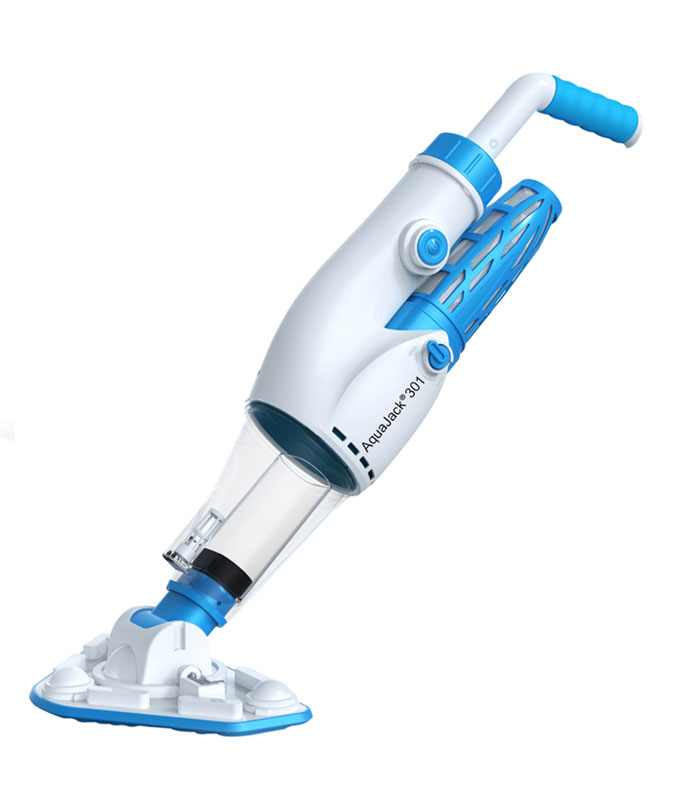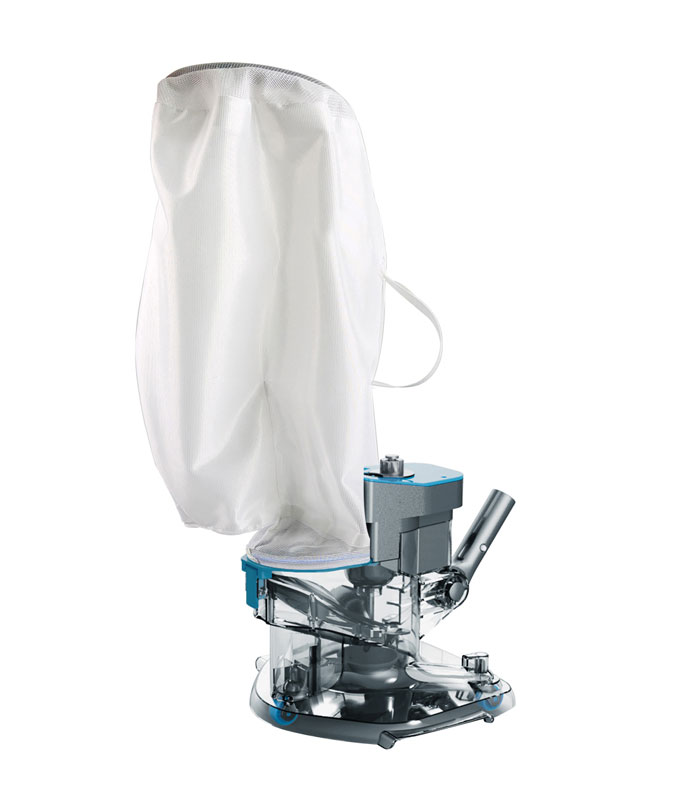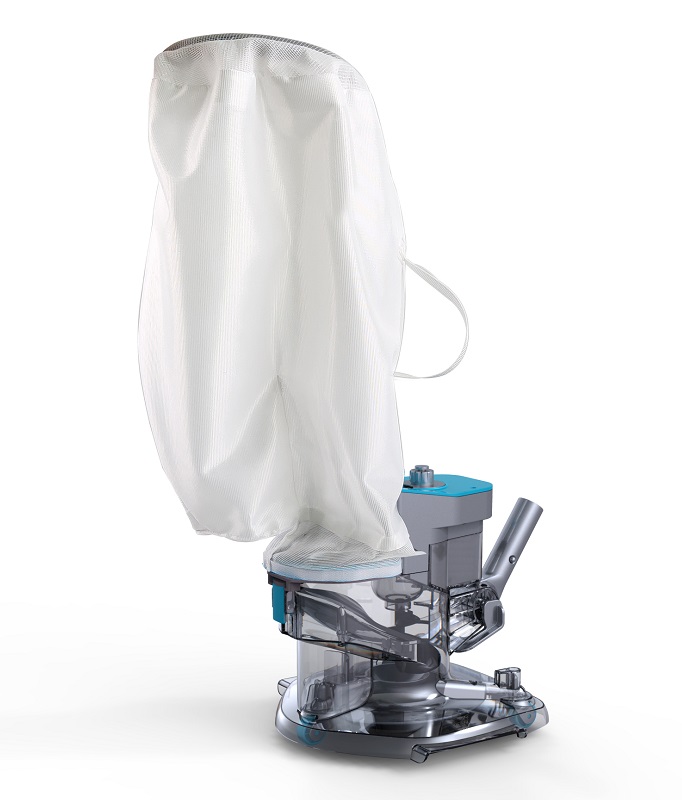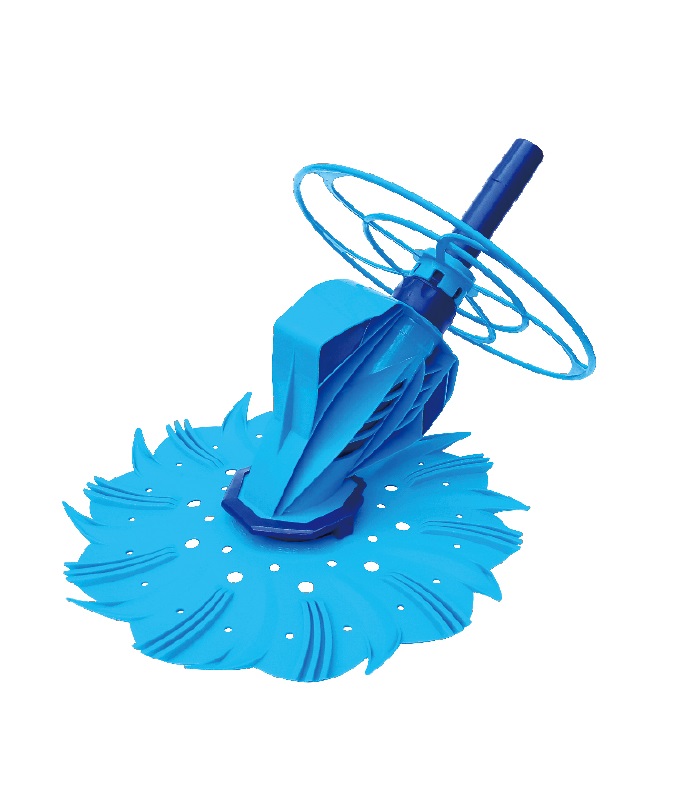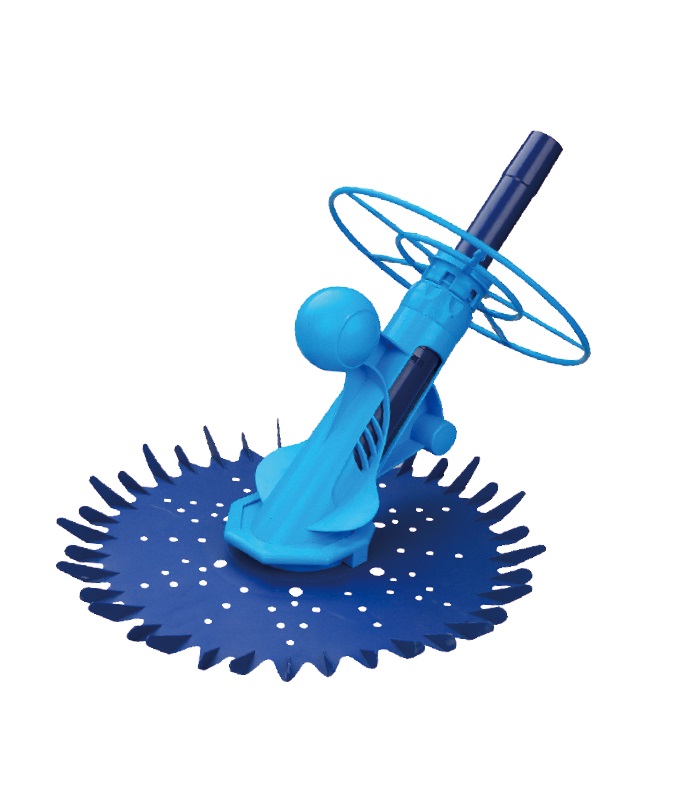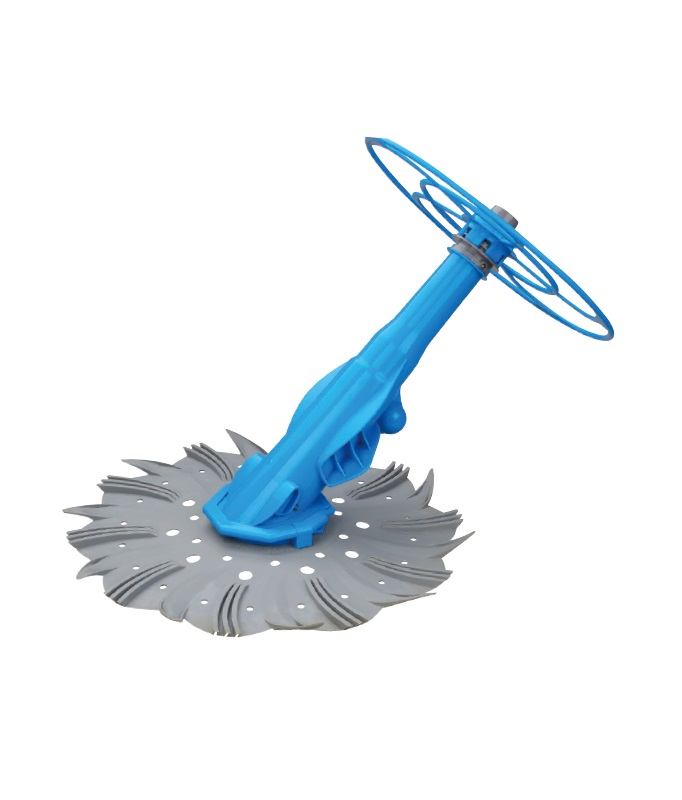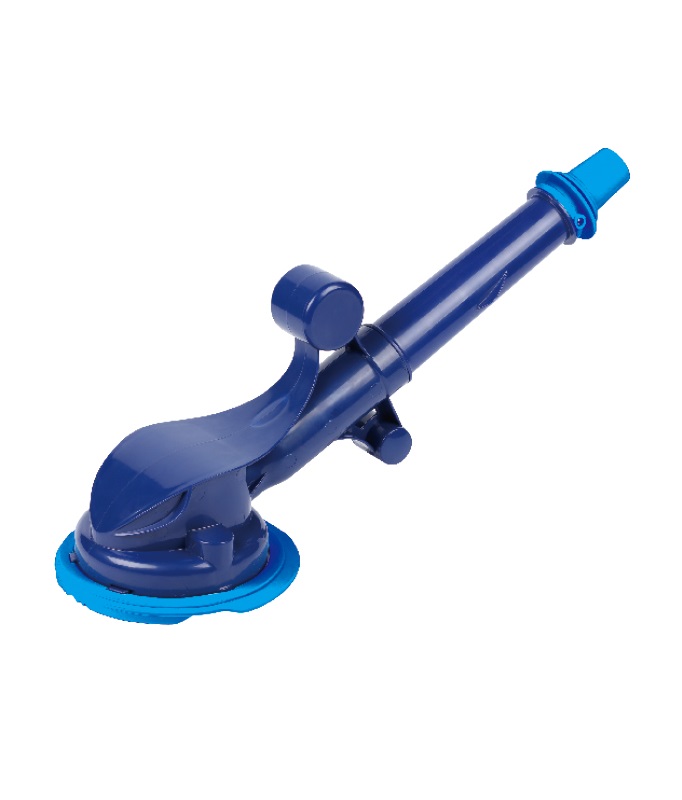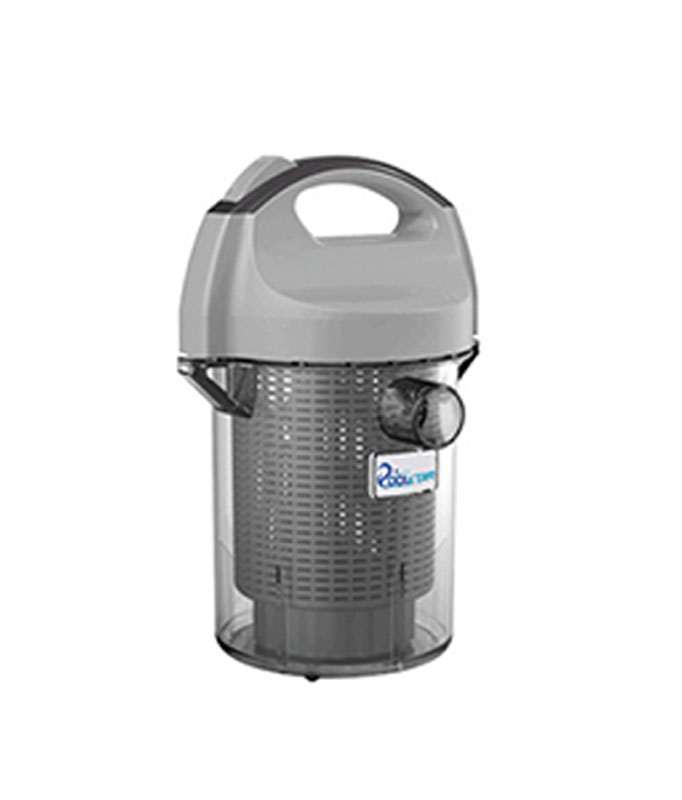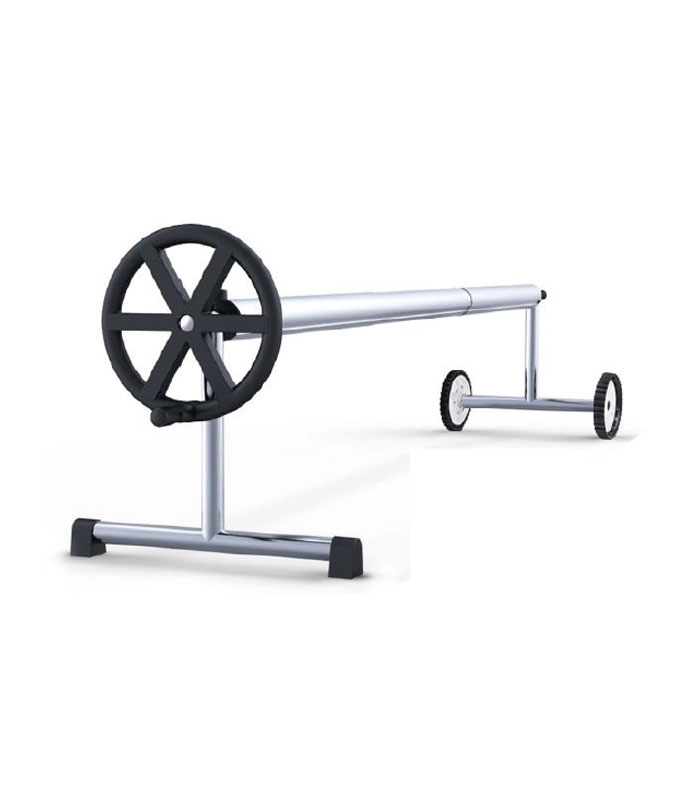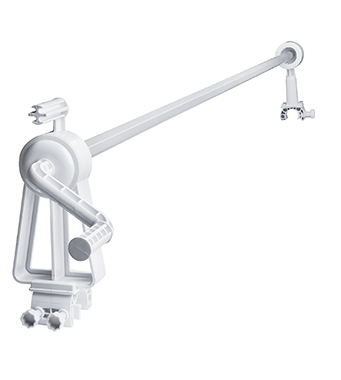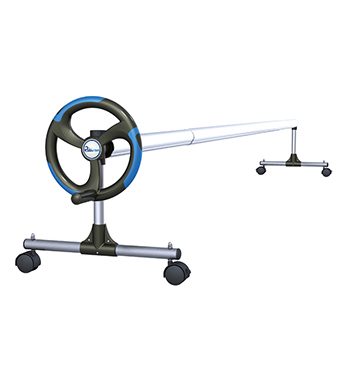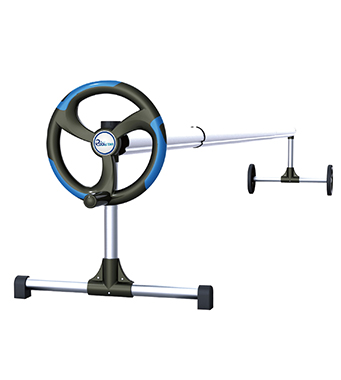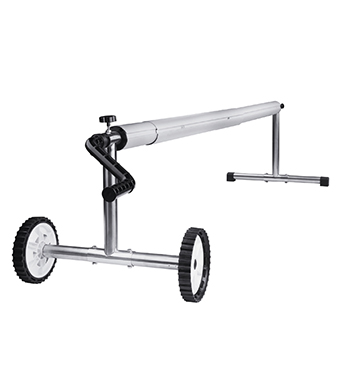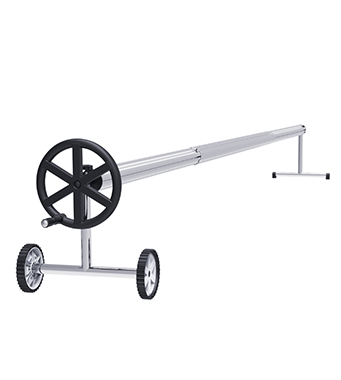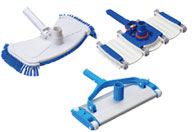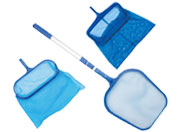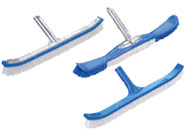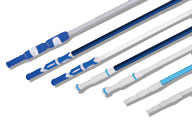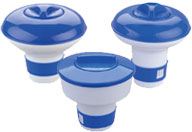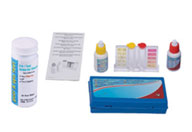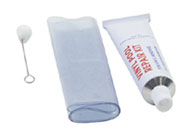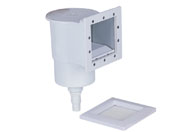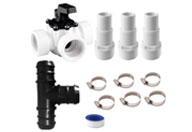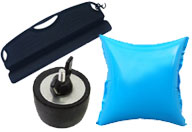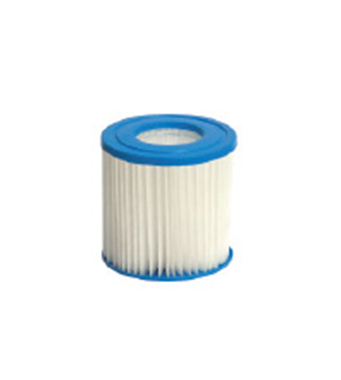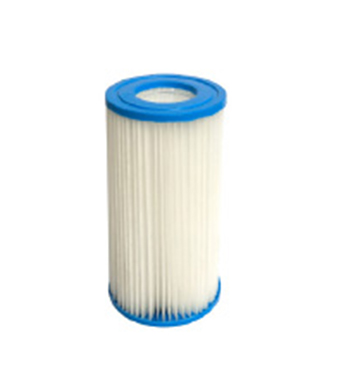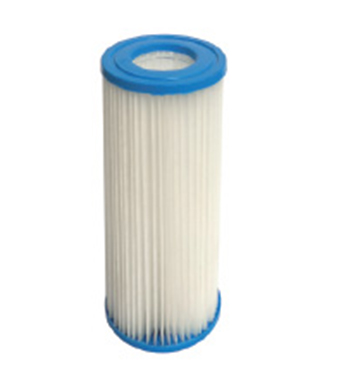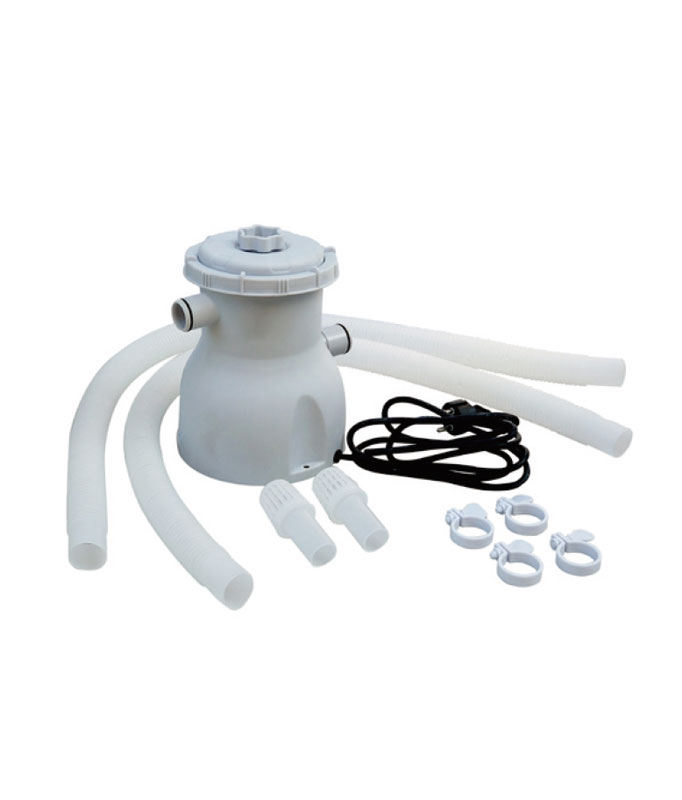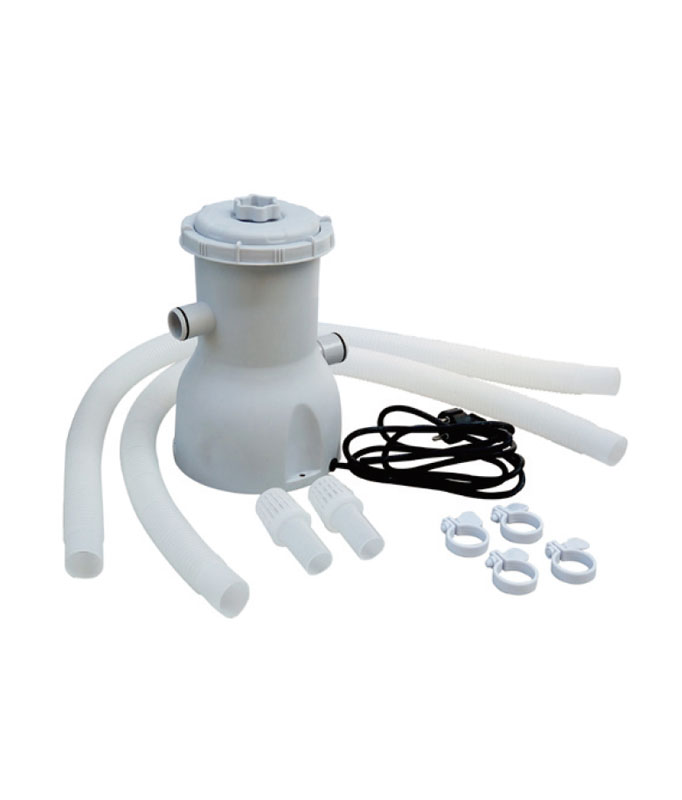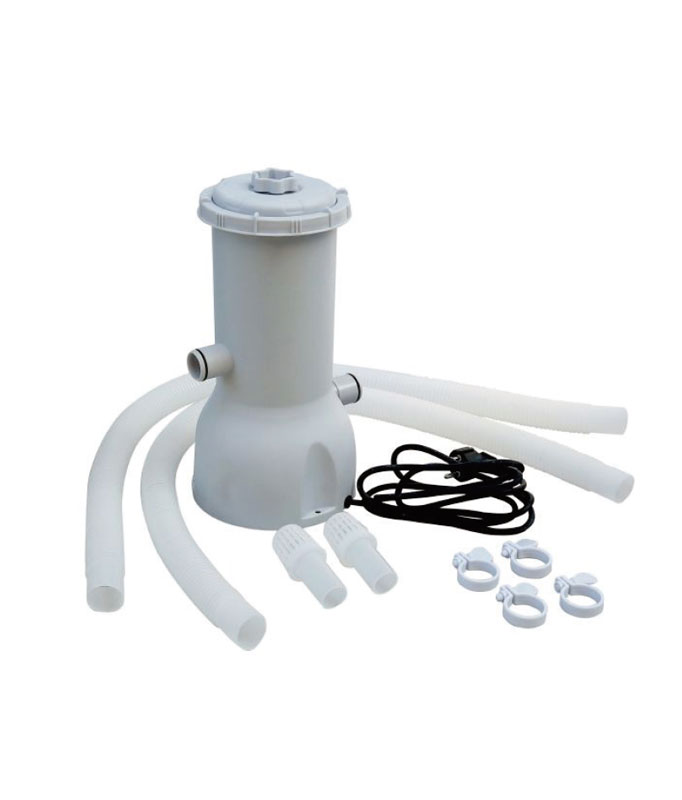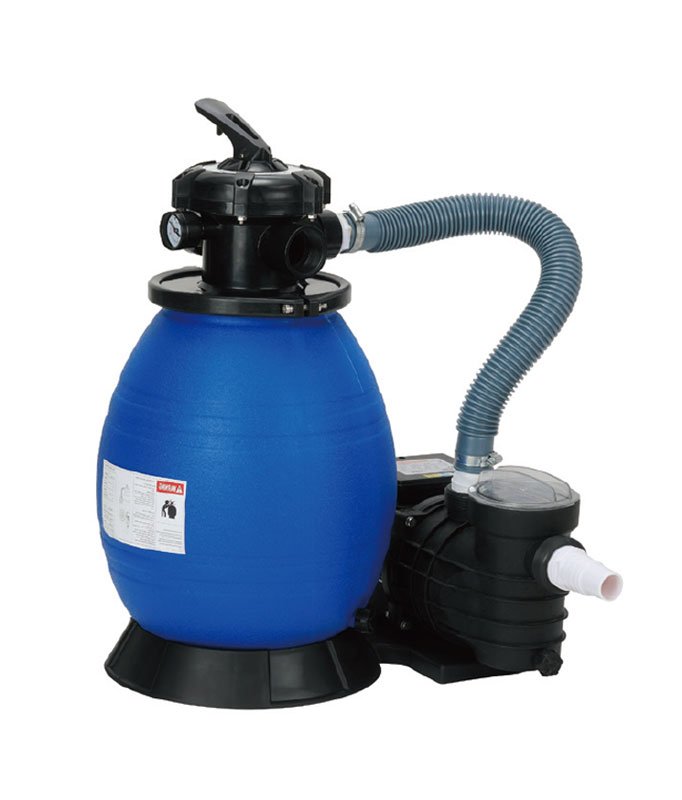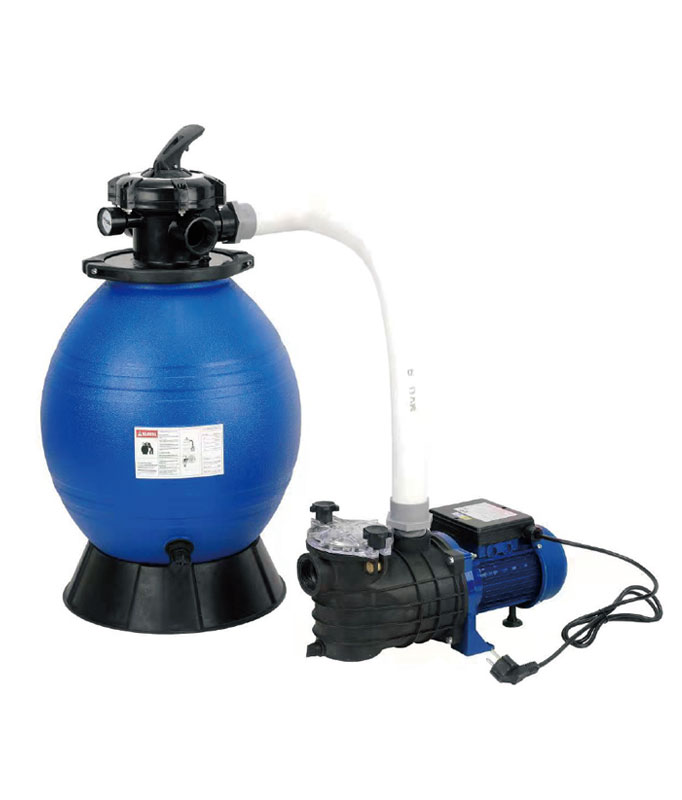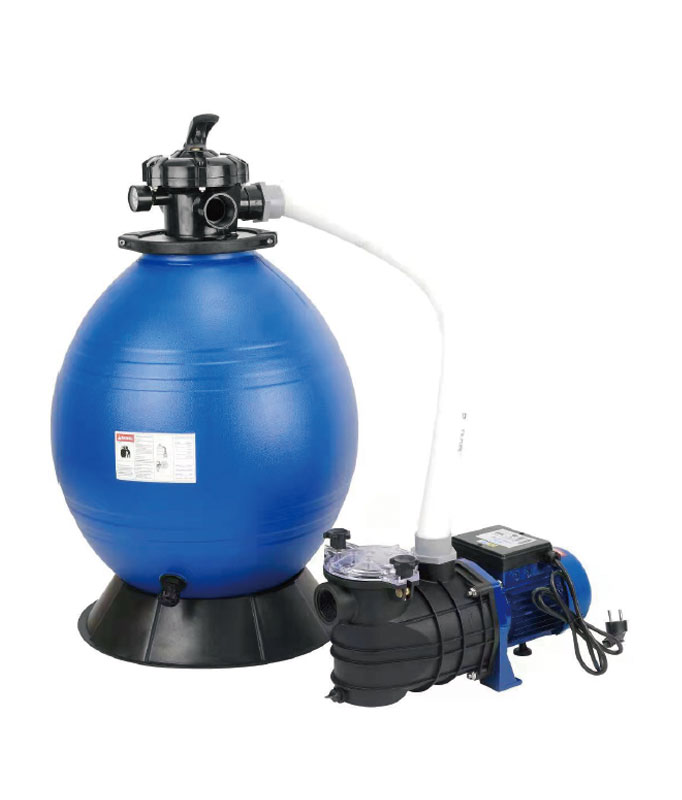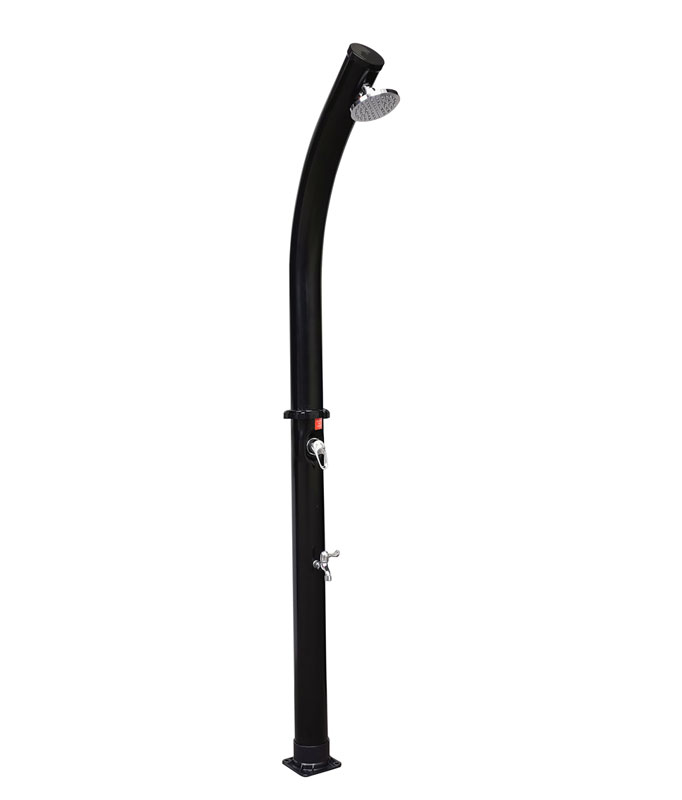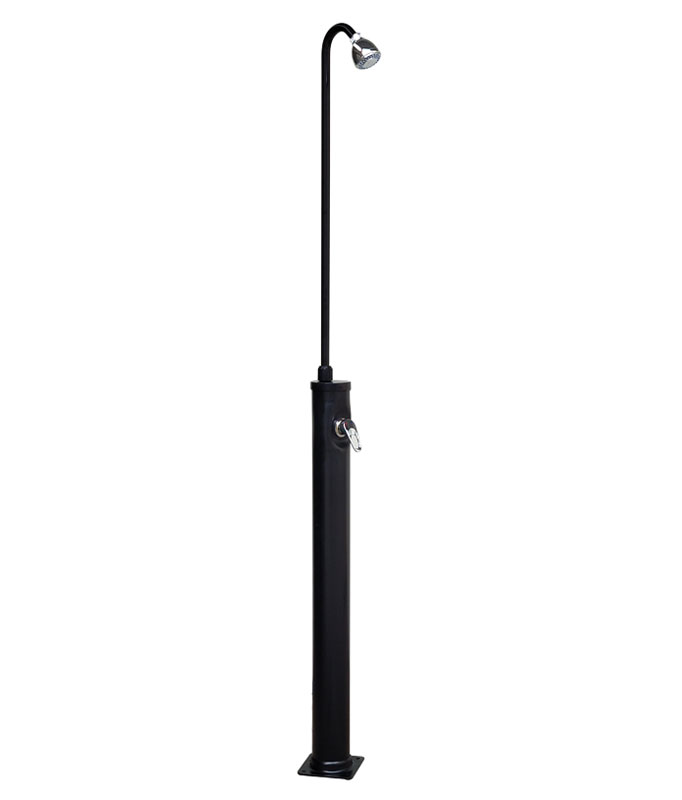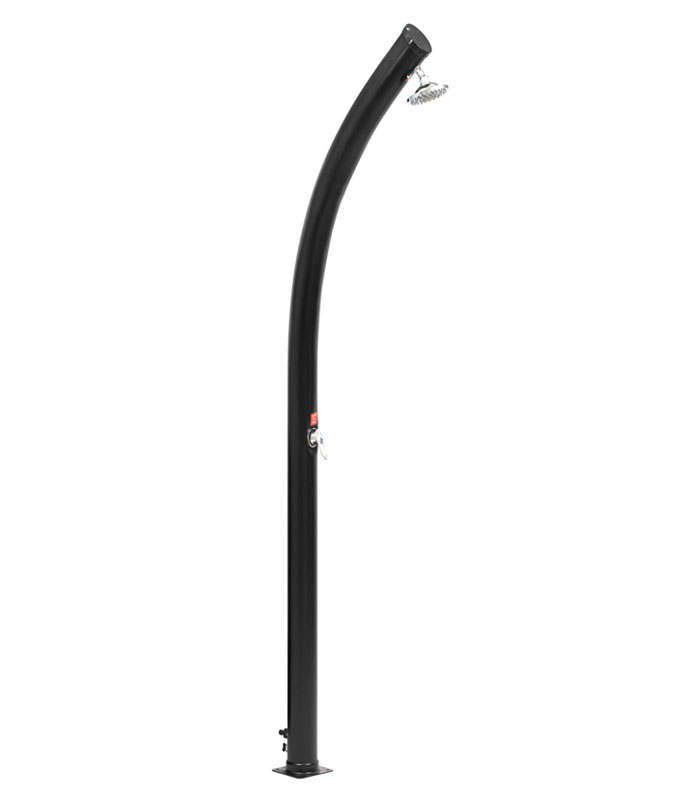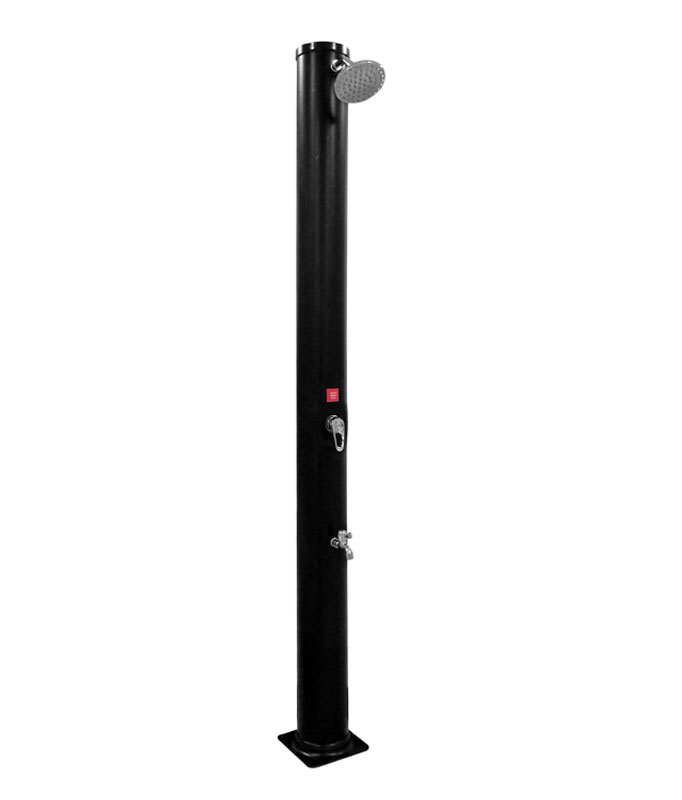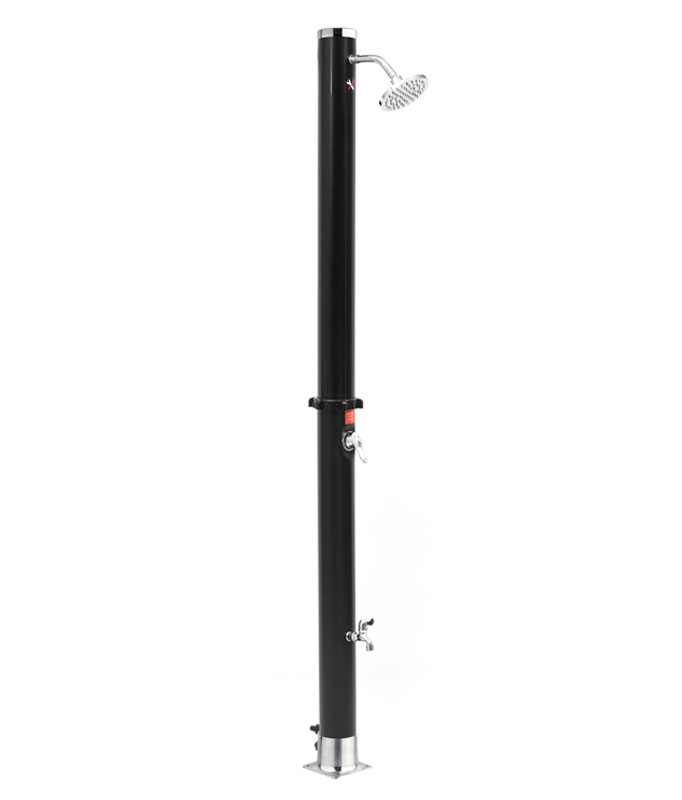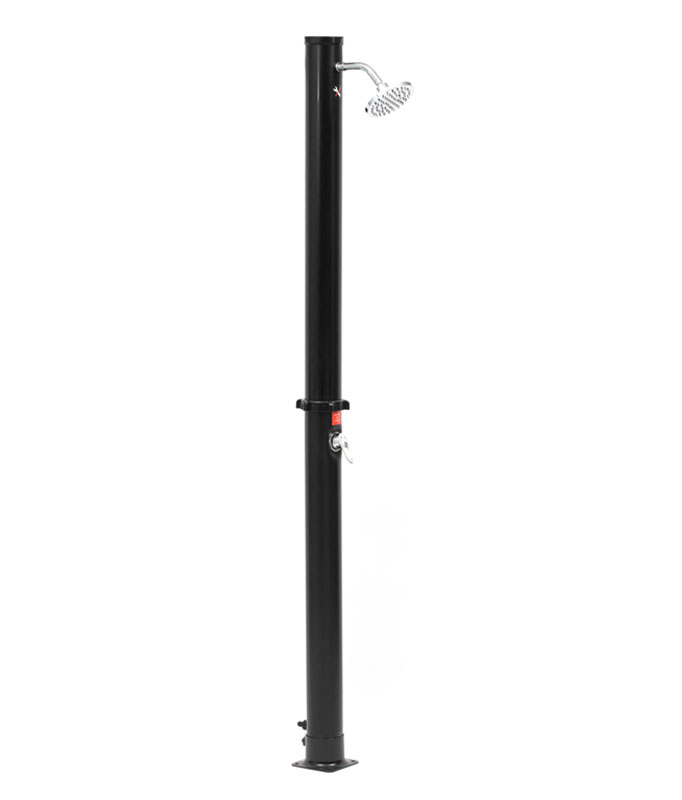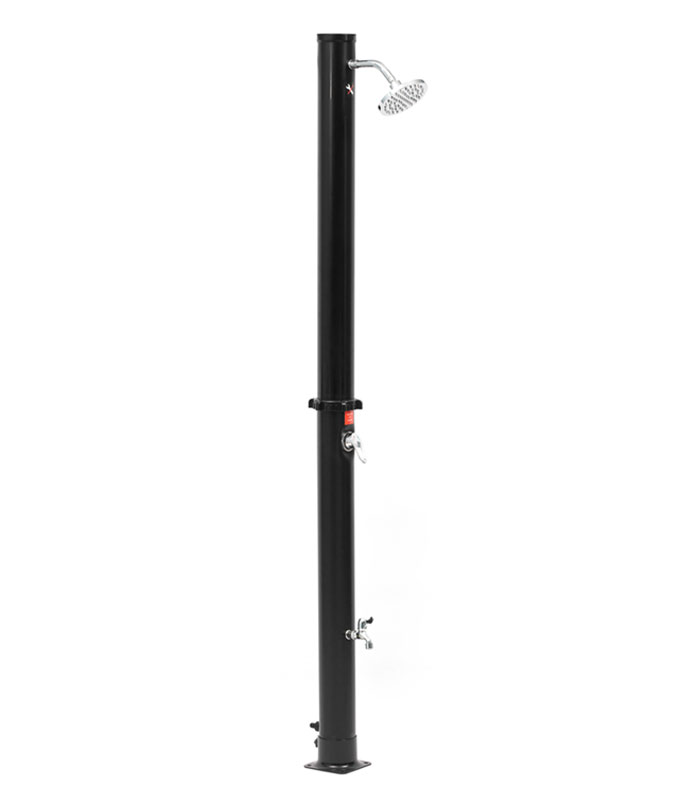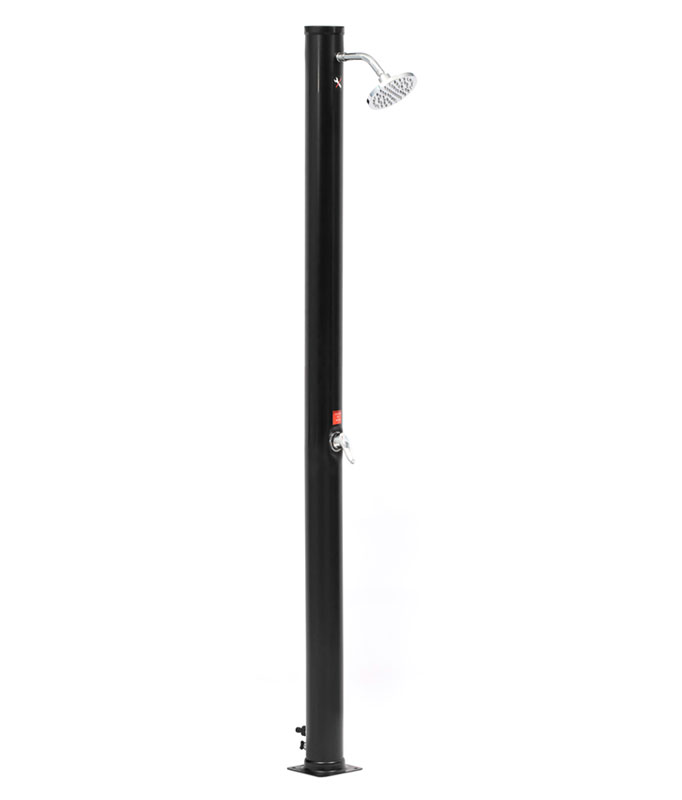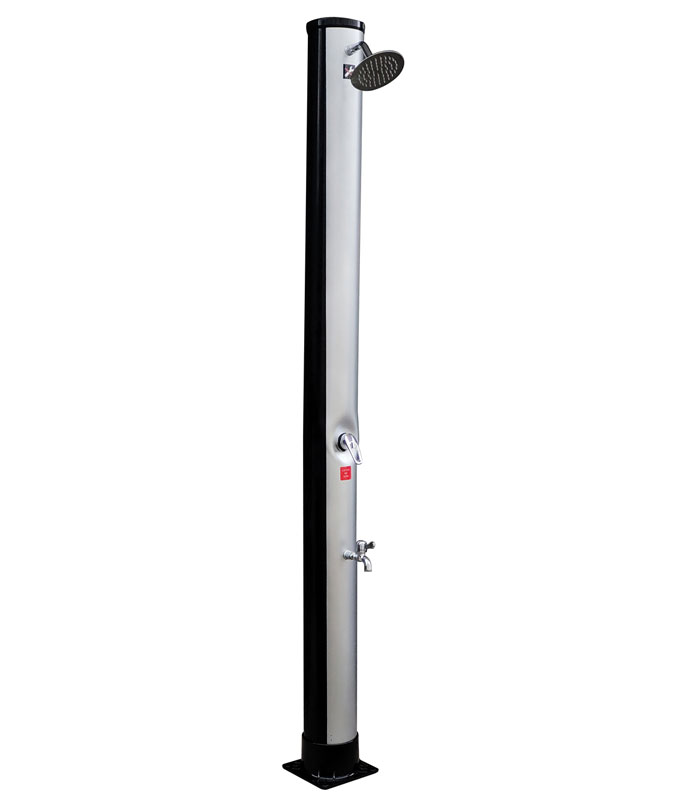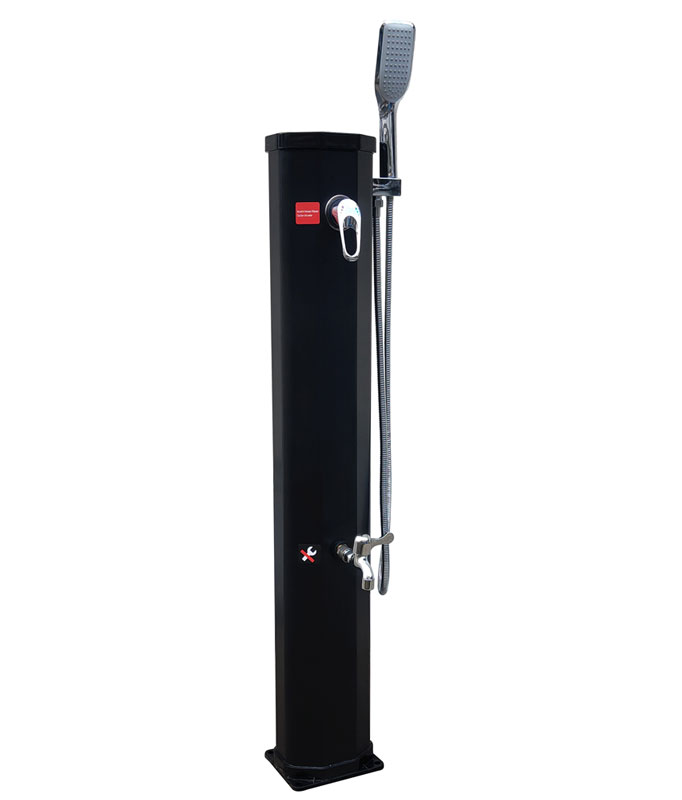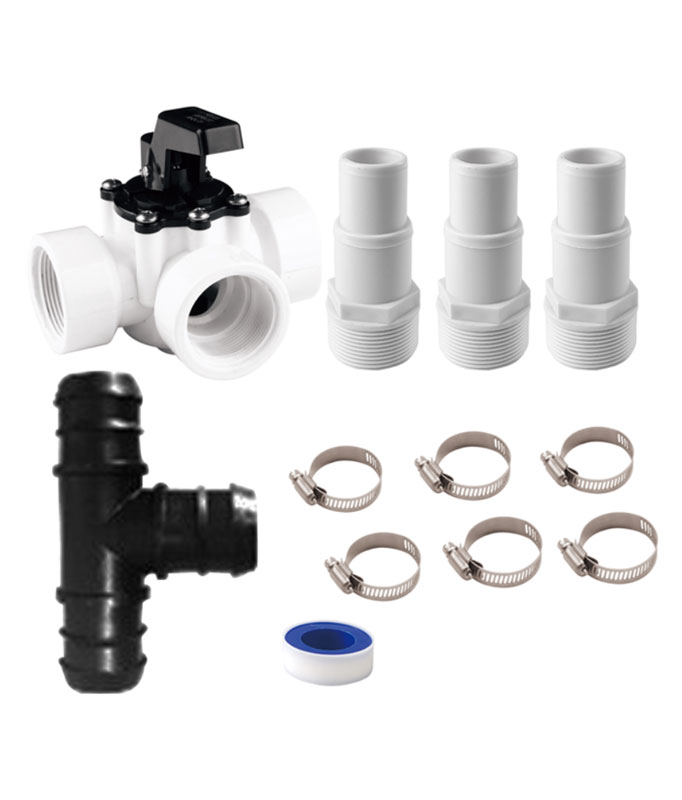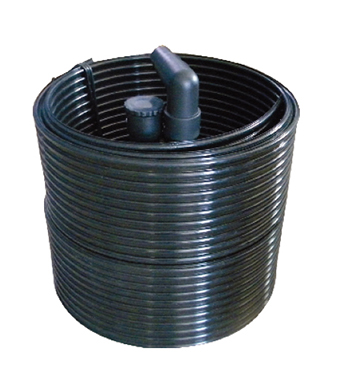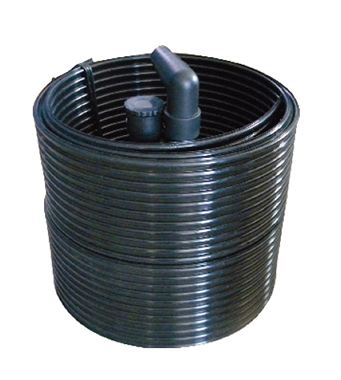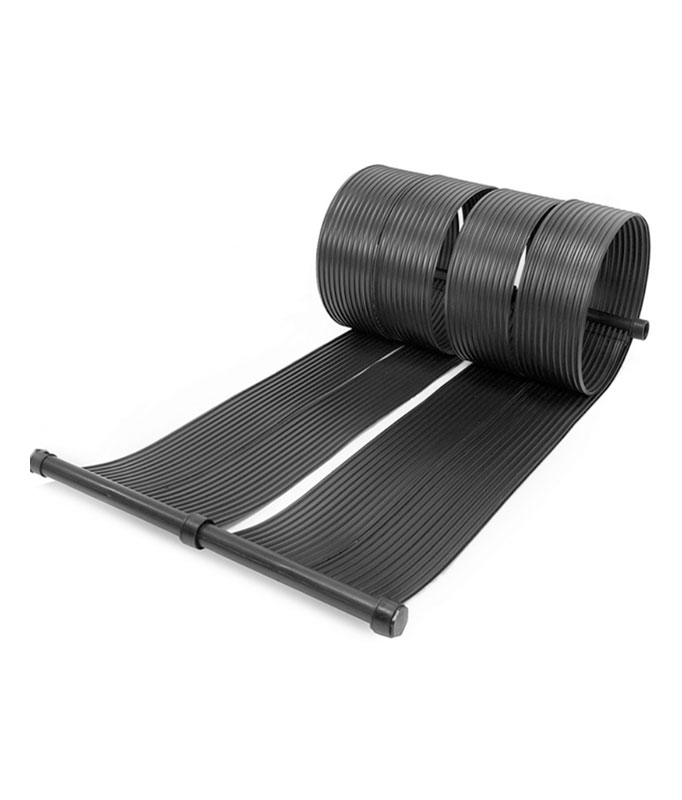You need smart planning and efficient operations to succeed in the pool equipment rental market. Focus on customer satisfaction and keep your equipment reliable. Use the Rental Profit Calculator: Portable Pool Vacuum’s Per-Use Revenue Model to track earnings. Explore tools like https://www.cnpoolstar.com/product/elek-spa-51-11.html for better service.
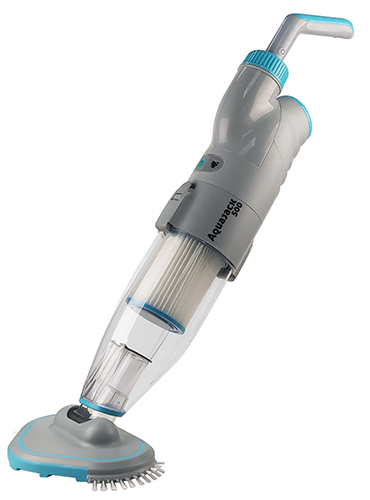
Key Takeaways
- Plan carefully by researching your local market, choosing the right equipment niche, and following all legal requirements to build a strong rental business foundation.
- Keep customers happy with fast responses, clear contracts, well-maintained equipment, and helpful delivery and support services.
- Use tools like profit calculators, digital marketing, and technology to track your business, set smart prices, and grow successfully in 2025 and beyond.
Laying the Foundation for Your Rental Business
Market Research and Opportunity Analysis
You need to understand your local market before you start your pool equipment rental business. Begin by looking at the number of pools in your area. Check if most pools are private or public. Find out what types of equipment pool owners need most often. You can talk to pool owners, managers, and maintenance companies. Ask them about their biggest challenges.
Tip: Use online surveys or social media polls to gather quick feedback from potential customers.
Study your competitors. Make a list of other rental businesses in your area. Note what equipment they offer and how much they charge. Look for gaps in their services. For example, maybe no one rents out robotic pool vacuums or saltwater chlorinators. These gaps can become your opportunities.
You should also check for seasonal trends. Pool equipment rentals often peak in summer. Plan your inventory and marketing around these busy times.
Defining Your Niche and Service Offerings
You cannot serve every customer with every type of equipment. Choose a niche that matches your skills and the needs of your market. For example, you might focus on:
- Residential pool owners who need cleaning tools
- Commercial pools that require large-scale equipment
- Event planners who need temporary pool accessories
Make a list of the equipment you want to offer. Here are some common options:
| Equipment Type |
Example Items |
|
Vacuums, skimmers, brushes |
|
|
Water Quality Devices |
Test kits, chlorinators |
|
Pool Accessories |
Heaters, covers, floats |
|
Safety Equipment |
Fences, alarms, life rings |
Note: Start with a small selection. Add more items as you learn what your customers want.
You can also offer extra services. Delivery, setup, and on-site support can set you apart from competitors.
Legal Setup and Licensing Essentials
You must follow local laws to run your business safely. Register your business with your city or county. Choose a business structure, such as a sole proprietorship or LLC. Each type has different rules for taxes and liability.
Get the right licenses and permits. Some areas require special permits for renting equipment. Check with your local government office. You may also need insurance. General liability insurance protects you if equipment causes injury or damage.
Alert: Never skip legal steps. Operating without proper licenses can lead to fines or business closure.
Keep records of all your legal documents. Store digital copies in a safe place. Review your licenses and insurance every year.
Sourcing and Financing Pool Equipment
You need quality equipment to build trust with your customers. Research suppliers who offer durable and reliable products. Compare prices and warranties. Ask for bulk discounts if you plan to buy several items.
You have several ways to finance your equipment:
- Use your savings for small purchases.
- Apply for a small business loan from a bank.
- Lease equipment to lower upfront costs.
- Look for equipment financing programs from suppliers.
Tip: Start with essential items. Expand your inventory as your business grows.
Check each piece of equipment before you rent it out. Keep a maintenance log. Well-maintained equipment lasts longer and keeps your customers happy.
Streamlining the Rental Process

Managing Customer Inquiries and Bookings
You need a clear system to handle customer questions and bookings. Use a dedicated phone line or a business email. Respond quickly to every inquiry. Customers want fast answers. You can also add a booking form to your website. This form collects important details like rental dates, equipment type, and delivery address.
Tip: Use an online calendar to track bookings. This helps you avoid double-booking equipment.
A friendly attitude builds trust. Always greet customers politely. Answer their questions with clear information. If you cannot meet a request, suggest another option.
Quoting, Contracts, and Secure Payments
You must give customers clear quotes. List all costs, including delivery and deposits. Use a simple table to show prices:
| Item |
Daily Rate |
Deposit |
|
$25 |
$50 |
|
|
Water Test Kit |
$10 |
$20 |
Send a rental contract for each booking. The contract should explain the rental period, rules, and fees for damage or late returns. Ask customers to sign before you deliver equipment.
For payments, use secure methods. Accept credit cards or trusted payment apps. Never accept cash for large rentals. This keeps your business safe.
Preparing and Inspecting Equipment for Rental
You must check every item before each rental. Clean the equipment and test it to make sure it works. Look for damage or missing parts. Use a checklist for each item:
- Clean and sanitize
- Test for proper function
- Check for wear or damage
- Pack all accessories
Note: Well-prepared equipment leads to happy customers and fewer complaints.
Overseeing Equipment Usage and Returns
Delivery, Pickup, and On-Site Support
You need to make delivery and pickup easy for your customers. Always confirm the address and time before you leave. Bring all the equipment and double-check your checklist. When you arrive, greet the customer and explain how to use the equipment. If the customer has questions, answer them clearly. Offer on-site support if the equipment is complex. This extra help builds trust and reduces mistakes.
Tip: Use a delivery log to track each trip. Write down the time, items delivered, and the customer’s signature.
Maintenance, Repairs, and Troubleshooting
You must keep your equipment in top shape. Inspect each item before and after every rental. Look for signs of wear or damage. If you find a problem, fix it right away. Clean and sanitize all equipment after each use. If a customer calls with a problem, guide them through simple troubleshooting steps. If the issue is serious, arrange a quick repair or replacement.
- Check for leaks, cracks, or missing parts.
- Test all moving parts.
- Replace worn-out items as needed.
Alert: Never rent out broken or unsafe equipment. Safety comes first.
Processing Returns and Final Billing
When customers return equipment, inspect everything on the spot. Use your checklist to make sure all parts are present and in good condition. If you find damage, explain the issue and any extra charges. Update your records and send a final bill. Thank the customer for their business and ask for feedback.
| Step |
Action |
|
Inspect Equipment |
Check for damage or loss |
|
Update Records |
Note condition and return date |
|
Final Billing |
Charge for extra fees if any |
Note: Fast and fair returns help you build a good reputation.
Post-Rental Operations and Customer Retention
Collecting Feedback and Building Loyalty
You should always ask your customers for feedback after each rental. Simple surveys or quick phone calls work well. You can use questions like, “Was the equipment easy to use?” or “Did you have any problems?” This feedback helps you spot issues early and improve your service.
Tip: Offer a small discount or a free add-on for customers who complete your survey. This shows you value their opinion.
Building loyalty takes more than just good equipment. Send thank-you messages after each rental. Remember special dates, like a customer’s birthday or the anniversary of their first rental. You can also start a loyalty program. For example, after five rentals, give a free upgrade or a discount.
Servicing, Storing, and Upgrading Equipment
You need to keep your equipment in top shape. Clean and inspect each item before storing it. Store equipment in a dry, safe place to prevent damage. Use shelves or bins to organize everything. Create a maintenance schedule and stick to it.
When you notice equipment getting old or worn out, plan to upgrade. Newer models often work better and save energy. Upgrading your inventory keeps your business competitive.
Analyzing Performance Metrics and Trends
Track your business numbers to see what works best. You can use a simple table to record rentals, income, and popular items:
| Month |
Rentals |
Top Item |
Income |
|
June |
25 |
$1,200 |
|
|
July |
40 |
Test Kit |
$2,000 |
Look for patterns in your data. If one item rents more often, consider buying more of it. If rentals drop in certain months, plan special promotions. Use these insights to make smart decisions and grow your business.
Rental Profit Calculator: Portable Pool Vacuum’s Per-Use Revenue Model

Calculating Per-Use Profitability
You need to know how much profit you make each time you rent out a pool vacuum. The Rental Profit Calculator: Portable Pool Vacuum’s Per-Use Revenue Model helps you see your real earnings. Start by listing all your costs. Write down the purchase price, maintenance, cleaning supplies, and delivery expenses. Divide the total cost by the number of times you expect to rent the vacuum.
For example, if you buy a vacuum for $500 and plan to rent it 50 times, the cost per use is $10. Add other costs, like $2 for cleaning and $3 for delivery. If you charge $25 per rental, your profit per use is $25 minus $15 in costs, which equals $10.
Tip: Use a simple table to track your numbers. This makes the Rental Profit Calculator: Portable Pool Vacuum’s Per-Use Revenue Model easy to use.
| Item |
Cost per Use |
|
Purchase |
$10 |
|
Cleaning |
$2 |
|
Delivery |
$3 |
|
Total Cost |
$15 |
Maximizing Revenue with Smart Pricing Strategies
You can boost your earnings by using the Rental Profit Calculator: Portable Pool Vacuum’s Per-Use Revenue Model to test different prices. Try raising your rental fee during busy months. Offer discounts for longer rentals or bundle deals with other equipment. The Rental Profit Calculator: Portable Pool Vacuum’s Per-Use Revenue Model shows you how these changes affect your profit.
Watch your competitors’ prices. Adjust your rates to stay competitive. Use the Rental Profit Calculator: Portable Pool Vacuum’s Per-Use Revenue Model to find the best balance between price and demand. Review your numbers often. This helps you spot trends and make smart choices for your business.
Pro Tips for Growth in 2025
Digital Marketing and Brand Building
You need a strong online presence to attract more customers. Start by creating a simple website that shows your services and contact details. Use social media platforms like Facebook and Instagram to share photos of your equipment and happy customers. Post helpful pool care tips to build trust. Ask customers to leave reviews online. Good reviews help new customers choose your business.
Tip: Use a free tool like Canva to design eye-catching posts and flyers.
Managing Risks and Insurance Coverage
You must protect your business from accidents and losses. Buy general liability insurance to cover injuries or property damage. Check if you need extra coverage for your equipment. Keep records of all insurance policies. Review them every year to make sure you have enough protection.
| Insurance Type |
What It Covers |
|
General Liability |
Injuries, property damage |
|
Equipment Insurance |
Theft, loss, or damage |
Leveraging Technology, Automation, and AI
You can save time by using technology. Try rental management software to track bookings and payments. Use automated reminders to tell customers about pickup and return times. Explore AI chatbots to answer common questions on your website. These tools help you work faster and reduce mistakes.
Note: Many software options offer free trials. Test a few to find the best fit for your business.
Staying Ahead of Industry Trends
You should always watch for new trends in pool equipment and rentals. Read industry blogs and join online groups. Attend trade shows if possible. New products and ideas can help you stand out. Offer the latest equipment to keep your business fresh and exciting.
You can build a profitable pool equipment rental business by focusing on customer service, reliable equipment, and smart pricing.
- Use technology and track trends to stay ahead in 2025.
Take action now—plan or improve your rental business for long-term success!
FAQ
How often should you clean rental pool equipment?
You should clean and inspect each item before and after every rental. This keeps your equipment safe and ready for the next customer.
Tip: Use a checklist to track cleaning and maintenance.
What insurance do you need for a pool equipment rental business?
You need general liability insurance. This protects you if equipment causes injury or damage. Equipment insurance covers theft or loss.
| Insurance Type |
Purpose |
|
General Liability |
Covers injury or damage |
|
Equipment Insurance |
Covers theft or loss |
How can you handle late returns from customers?
You should set clear return times in your contract. Charge a late fee if needed. Always remind customers about return dates.

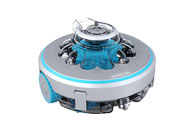 Robotic Pool Cleaner
Robotic Pool Cleaner 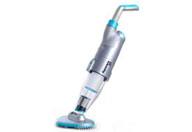 Portable Pool Vacuum Cleaner
Portable Pool Vacuum Cleaner 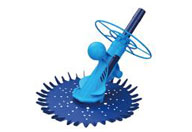 Automatic Pool Cleaner
Automatic Pool Cleaner 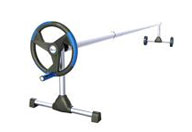 Pool Cover Reel
Pool Cover Reel 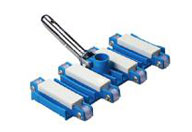 Pool Cleaning Accessories
Pool Cleaning Accessories 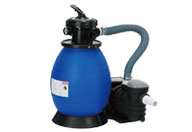 Pool Filter Pump
Pool Filter Pump 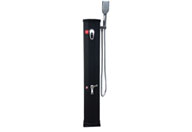 Pool Solar Shower
Pool Solar Shower 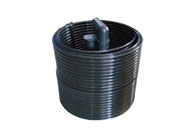 Pool Solar Collector
Pool Solar Collector 